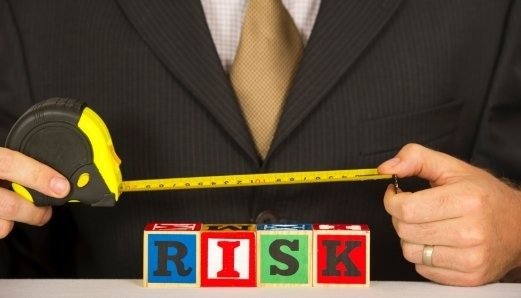All safety professionals do hazard registry and risks are assessed. Then we concern high risks (that lead to potential fatality) due to prioritization and leave low risks with common frequency such as slip, trip and risk with consequences of hand injury types. But at real life, what actually cause to LTI? Working at Height? Confined Space? Hot work?
First common risk I would say is Trip hazard: In my own experience in last 15 years, especially during 2010-2013, at world class mine site, there was Zero fatality but were 3 LTI which was linked with trip causes. While climbing down from haul truck, employees step on big rock underneath the stairs and break their ankles, even from light vehicle. Sillier thing was an employee misstep at camp stair for going to smoking point while we were concerning high risks. In 2014, an employee stepped on workshop doorsill and sprained, then we redesigned 5 doors of workshops and removed all doorsills. Sorry to say, but ladies’ high heel more than 2 inches is also real risk to injure ladies’ ankles in the office areas, I know one big financial company that has no LTI for 10 years, but registered one lately because Secretary got sprained ankle because of high heels and out of work over 20 days.
Second is Slip hazard: Especially in my country Mongolia (-30 to +30 degrees of Celsius), winter freezes all pathways after snow and it’s highly recommended to clean the walkways. Slip is not occurred only on icy environment, but on water, oil and loose soil. Housekeeping is mandatory.
Third: Driving a vehicle. Maybe some people laugh, but this is true root cause of LTI even commuting workplace. We drive hundreds of times a year, but sometimes because of other drivers’ fault, employee gets injury on the road to/out of work. In many countries, when employee is injured coming or leaving workplace, it’s considered as occupational accident.
Fourth: Putting the hand in line of fire and using wrong tool, especially at mechanical workshop or construction sites. Some employees have habit to touch hazardous surface to ensure its okay and shortcut the procedure. Putting fingers in the hole to check adjustments of pins that he made, Touching blade edge to make sure it’s sharp enough, Using steel hammer on steel surface, Handling rotating equipment to stop it etc. The difficult part of HSE Culture is changing personnel behavior.
What should HSE professional conduct?
- Train them about common risks and teach them how to control it properly if it’s safe to do so.
- Advise them about reporting and manage the HSE system to eliminate or control the risk in Organizational level.
- Common risks shall be treated as High ones that lead to Fatality. Risks can be prioritized but shouldn’t be left.
What should Employees do?
- Be trained and follow the procedure.
- The first action has to be made by me and first line of defense is me too. If I don’t get action (reporting about hazard to Supervisor/HSE staff or get control action first if it’s to do so), I’ll lose revenue and put my family’s future at risk. I should care myself first because I’m responsible for my life and action.
What should Management do?
- Lead by example for reporting and control action.
- Support employees to do so.
- Control the workplace because in the end, Management will be responsible for any injury against the legislation.
All accidents can be prevented.
-----------------------------
Ganjiguur Bukhbat
TheSafetyPoster.com






